The Forgotten Skill: Estimation in the Age of Calculators
In a recent lesson, a student reached for their calculator to add 49 and 51. While they eventually got the correct answer, something felt off. In the push for precision and the rise of digital tools, many children are losing one of the most powerful mathematical tools we can develop: the ability to estimate.
Estimation is more than a shortcut or a fallback. It’s a core skill that strengthens number sense, improves mental agility, and builds confidence in problem-solving. But as calculators, apps, and devices have taken over classrooms and homework routines, estimation has quietly slipped out of focus. Here’s why it’s time to bring it back.
What Is Estimation – and Why It Matters
At its heart, estimation is the ability to quickly find an approximate answer. It’s what we use when we’re checking if we’ve been overcharged in a shop, planning how long it’ll take to get somewhere, or budgeting for a family holiday.
Estimation plays a key role in developing number fluency. It encourages children to think flexibly and to understand the scale and reasonableness of numbers—skills that go far beyond memorising times tables.
At SmoothMaths, we emphasise estimation as a core component of successful maths learning, especially in the early stages of 11+ and 13+ exam prep.
Why Estimation Is Being Forgotten
There’s no question that technology has made life easier. But it has also made us lazy with numbers. In classrooms today, it’s common for pupils to reach for a calculator even when solving simple sums. Add to this the fact that estimation often isn’t prioritised in many schemes of work, and it’s no wonder it’s being left behind.
There’s also a deeper mindset issue. Children often feel that if something isn’t exactly right, it’s automatically wrong. This binary approach to maths discourages the kind of flexibility that estimation relies on.
Estimation in Exams – A Secret Weapon
In timed assessments like the 11+, 13+, and GCSE maths exams, estimation can be a real asset.
- Multiple-choice questions: A rough estimate can quickly eliminate impossible answers, saving precious time.
- Error checking: Estimating a reasonable answer before diving into full working helps students catch calculation slips.
- Time management: Students who can estimate effectively are more likely to stay calm and efficient under exam pressure.
Estimation isn’t about guessing—it’s about making smart, informed approximations.
Simple Estimation Strategies That Work
Here are some easy methods we recommend at SmoothMaths to build strong estimation habits:
- Rounding: Round numbers to the nearest 10, 100, or 1,000 to simplify calculations.
- Friendly numbers: Adjust values to easier figures (e.g. turning 198 into 200).
- Clustering: If numbers are close together (like 48, 51, and 49), estimate using a central value (e.g. 50).
- Front-end estimation: Focus on the most significant digits and ignore the rest.
- Benchmarking: Use known facts (e.g. “half of 100 is 50”) to help with quick estimates.
These techniques don’t require advanced maths—just regular practice.
Making Estimation Fun at Home or in Class
You don’t need worksheets to practise estimation. Try these simple activities:
- Estimation jar: Fill a jar with coins, sweets, or buttons and have children guess how many are inside. Then count together.
- Shopping game: Ask your child to estimate the total bill at the supermarket before checking the receipt.
- Time trials: Set a timer and ask how many jumping jacks or sums they can do in a minute. Let them estimate first.
- Daily quickfire: Ask for quick rounded answers to things like “What’s 299 + 502?” or “Roughly, what’s half of 860?”
Conclusion: A Skill Worth Saving
Estimation isn’t vague or sloppy. It’s an essential part of being mathematically literate in the real world. It helps students build confidence, stay calm in exams, and think critically about numbers—something no calculator can truly replace.
So, the next time your child or student reaches for their calculator, pause and ask: “What do you think the answer will be roughly?”
That one moment could spark a lifetime of sharper thinking.











